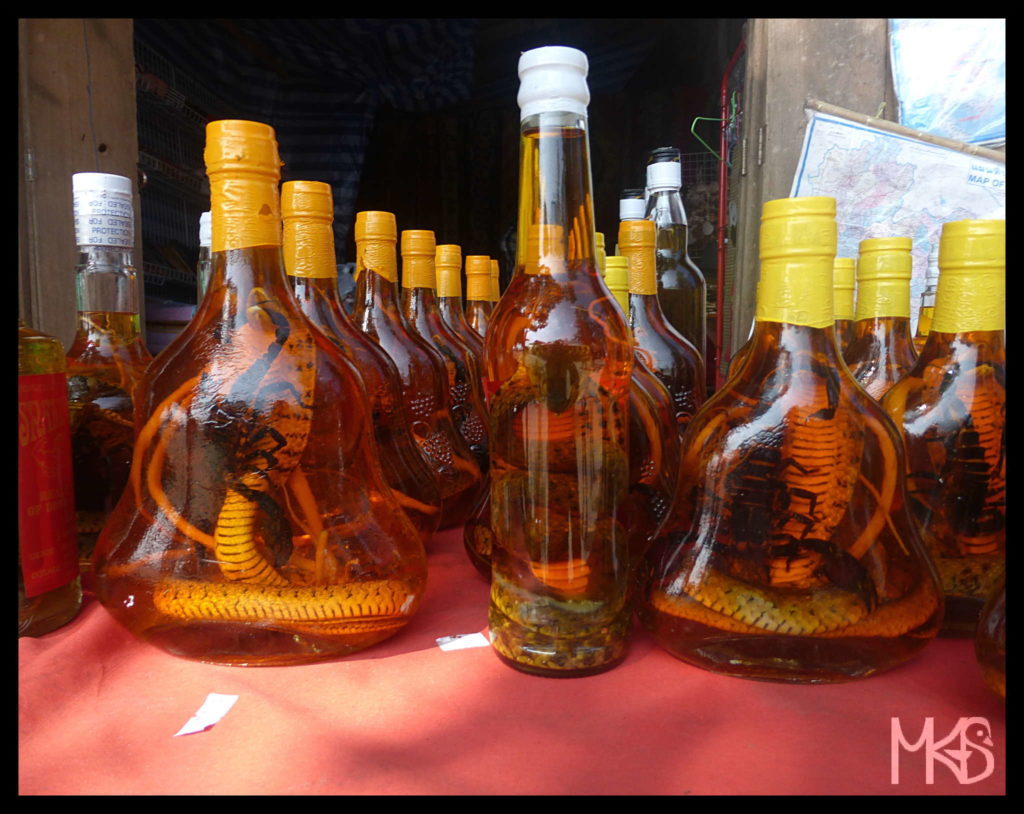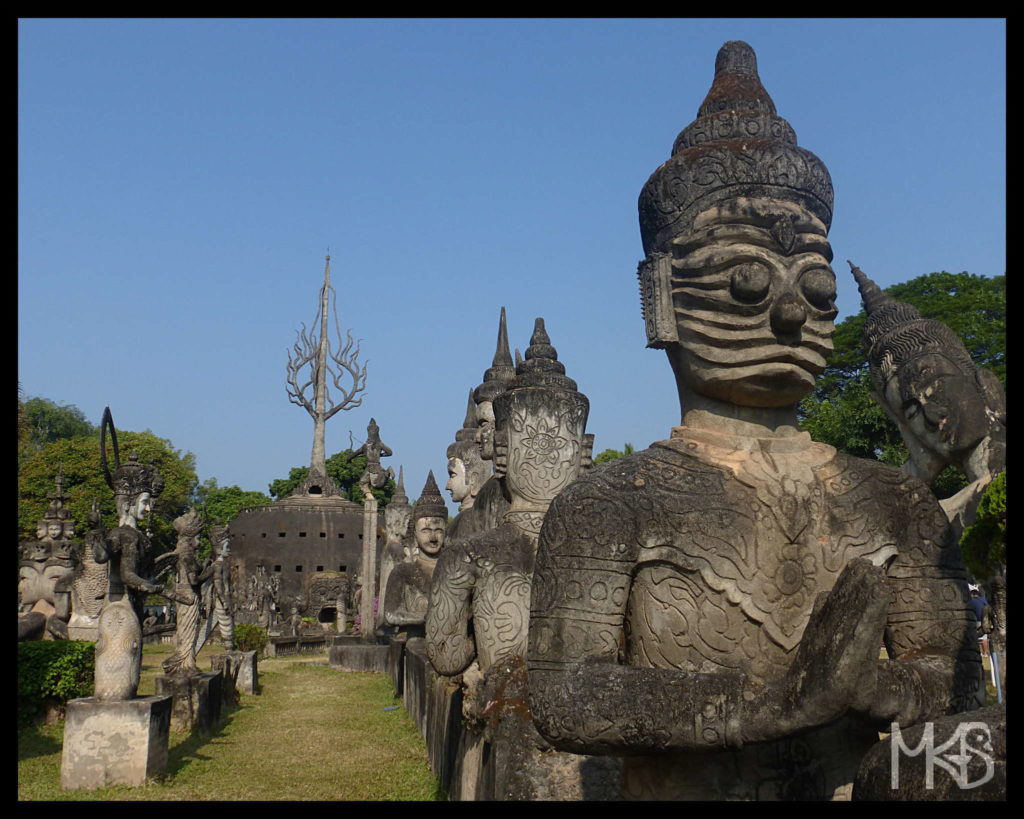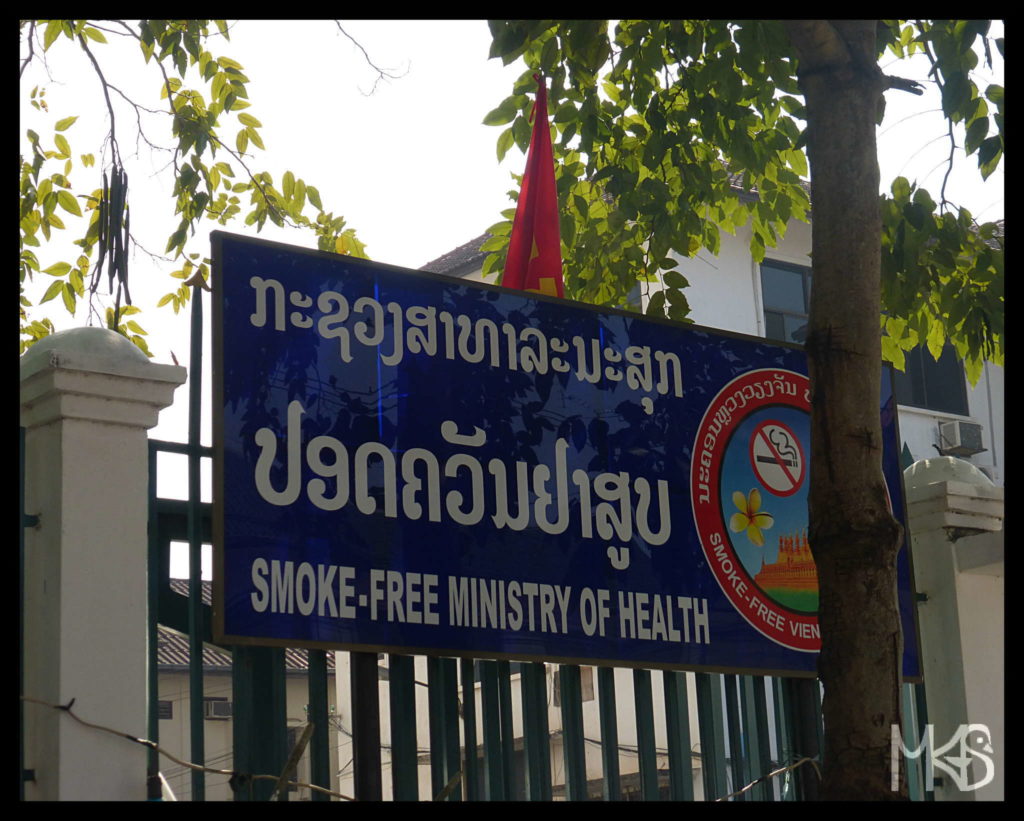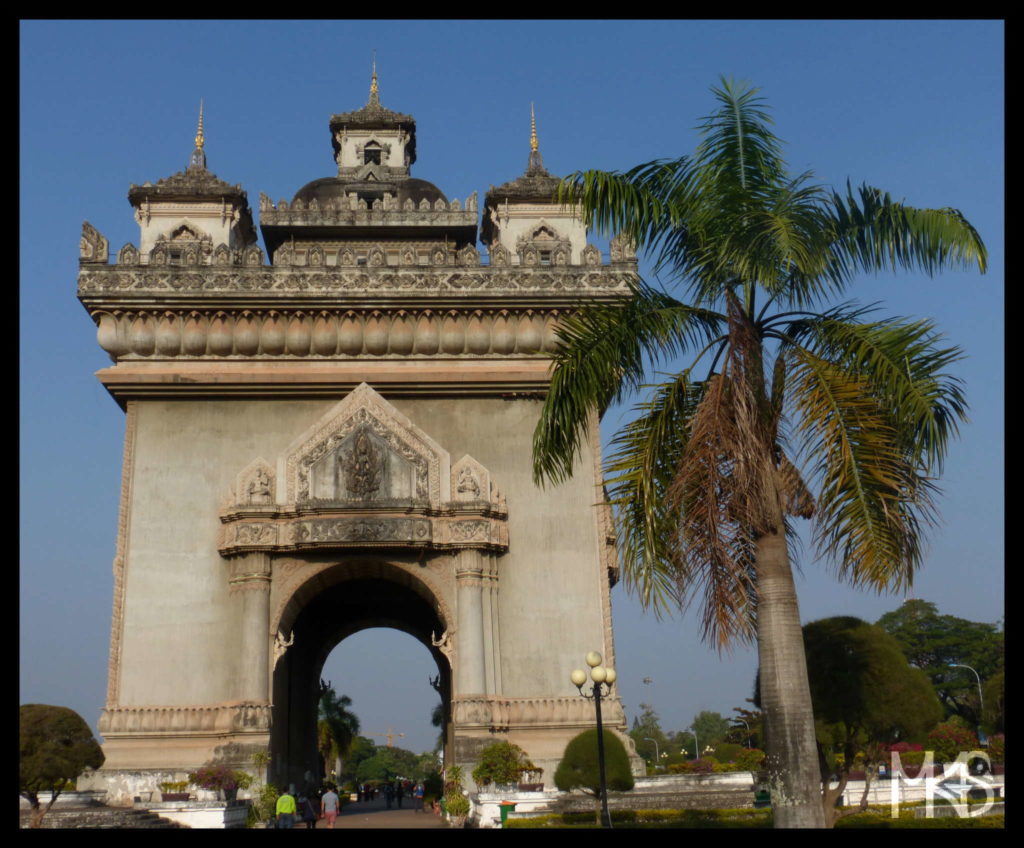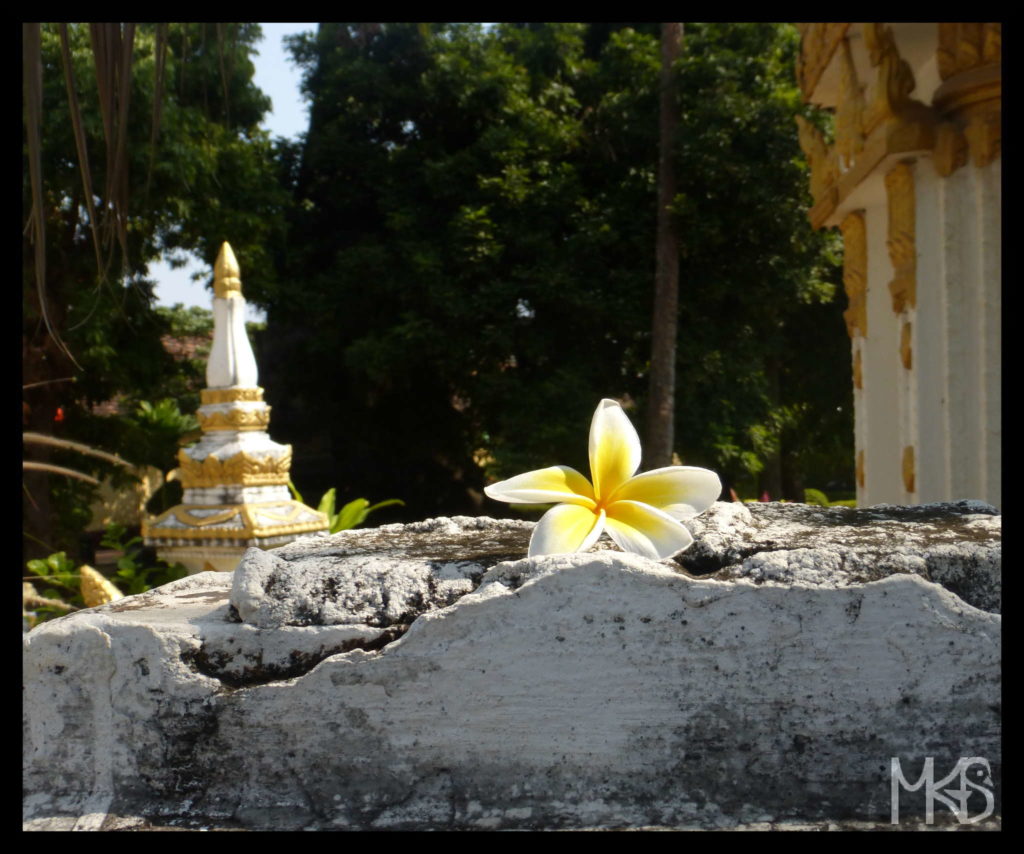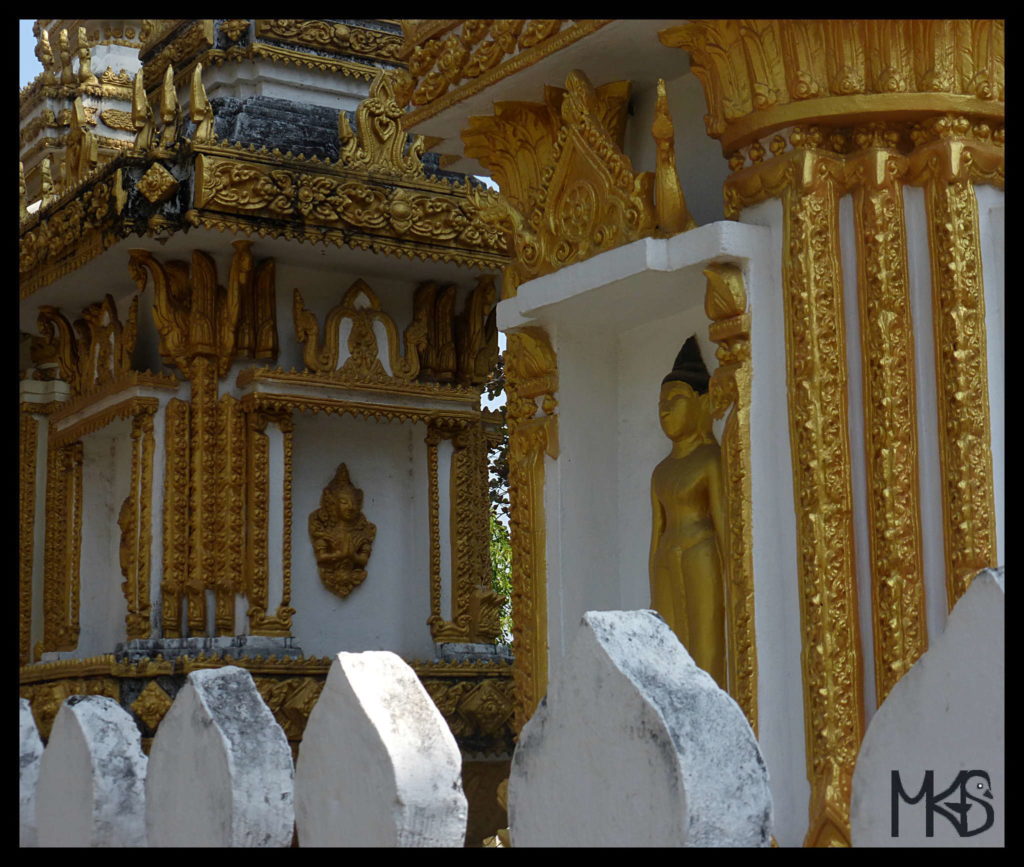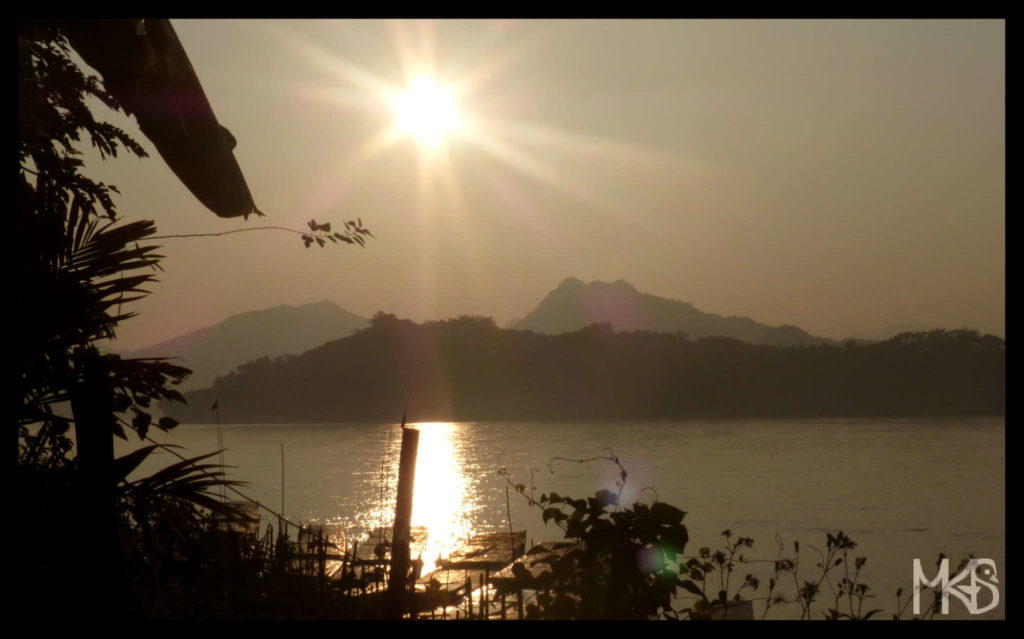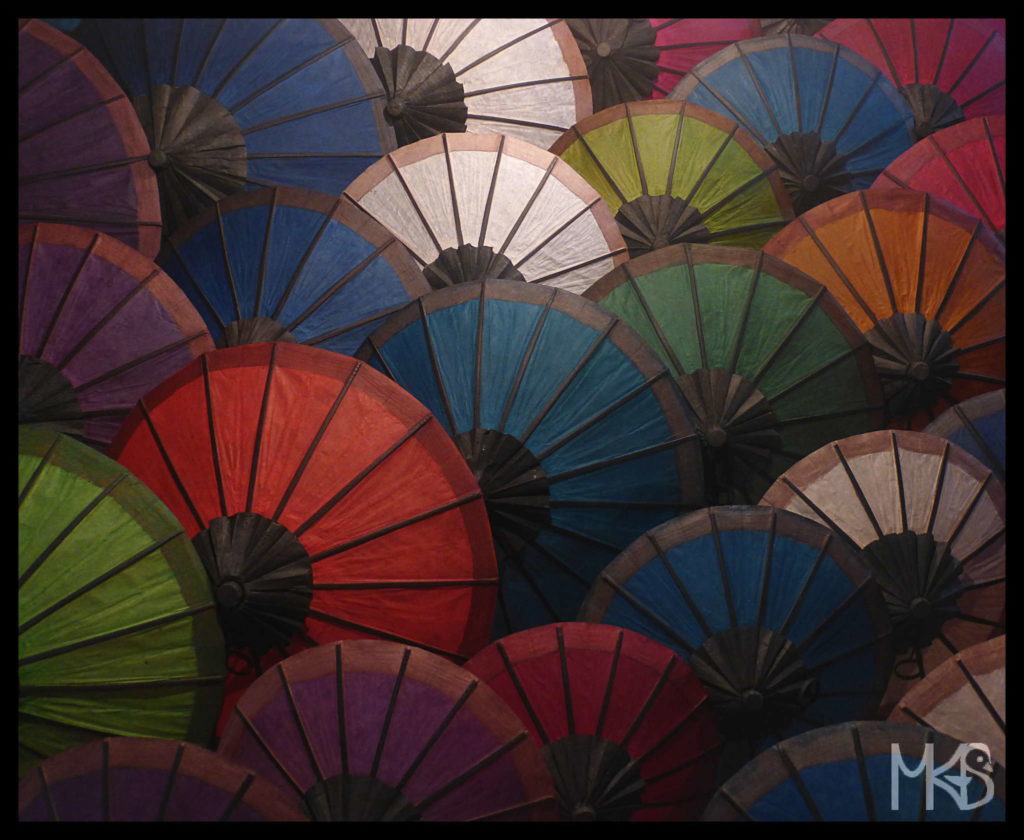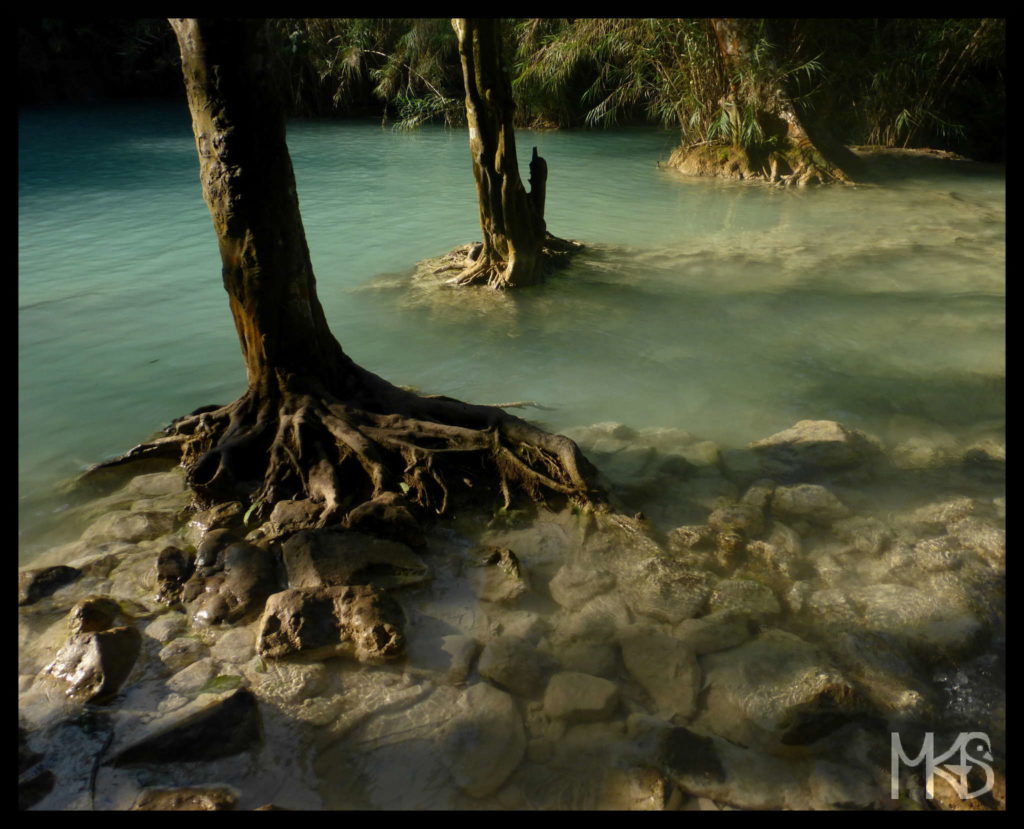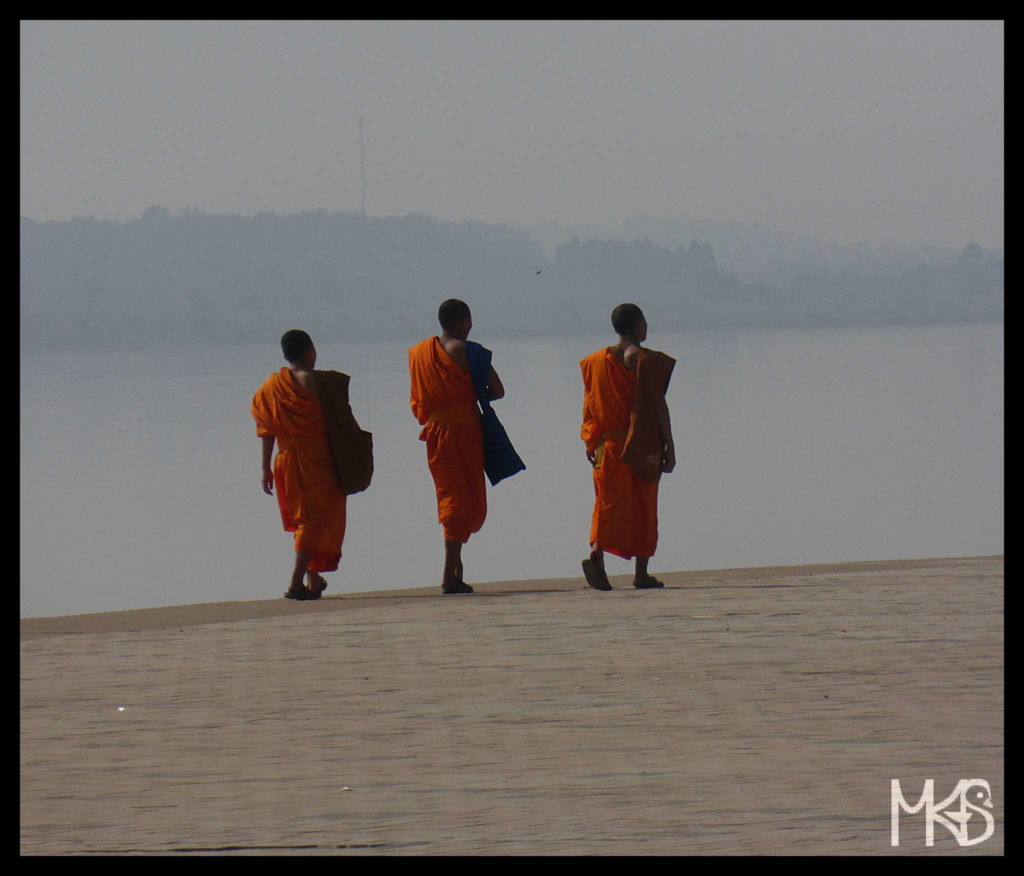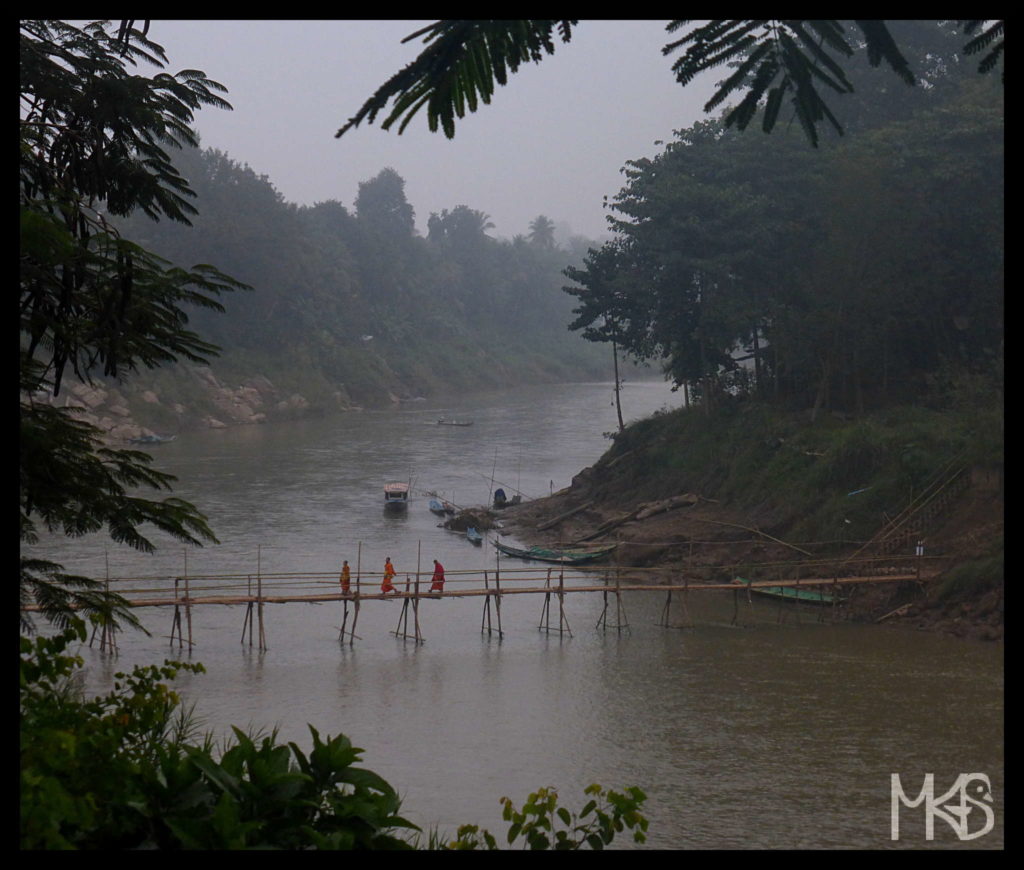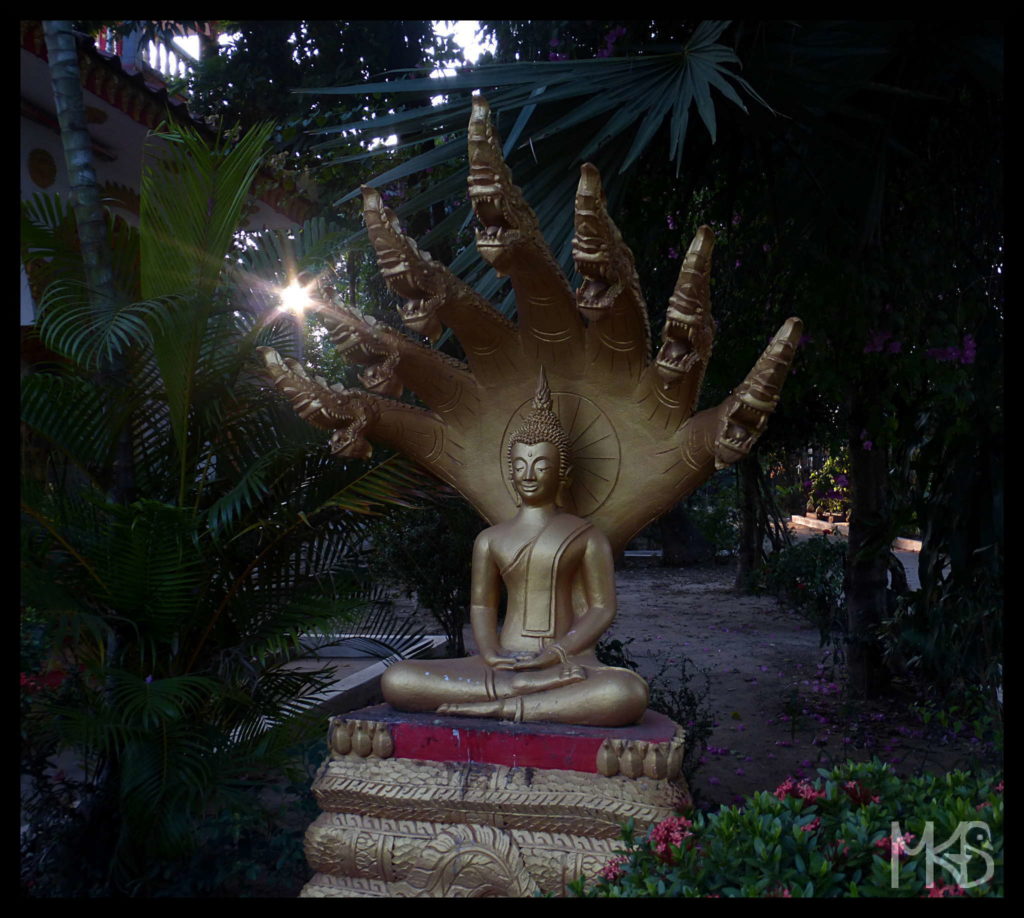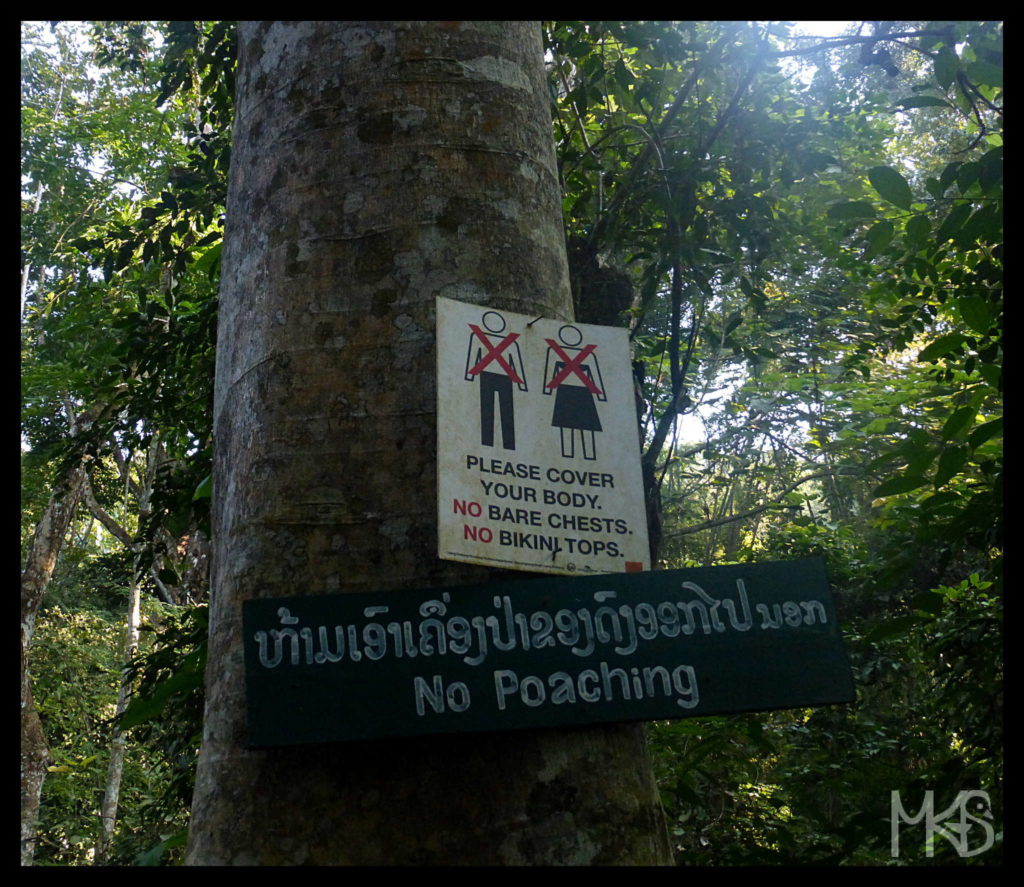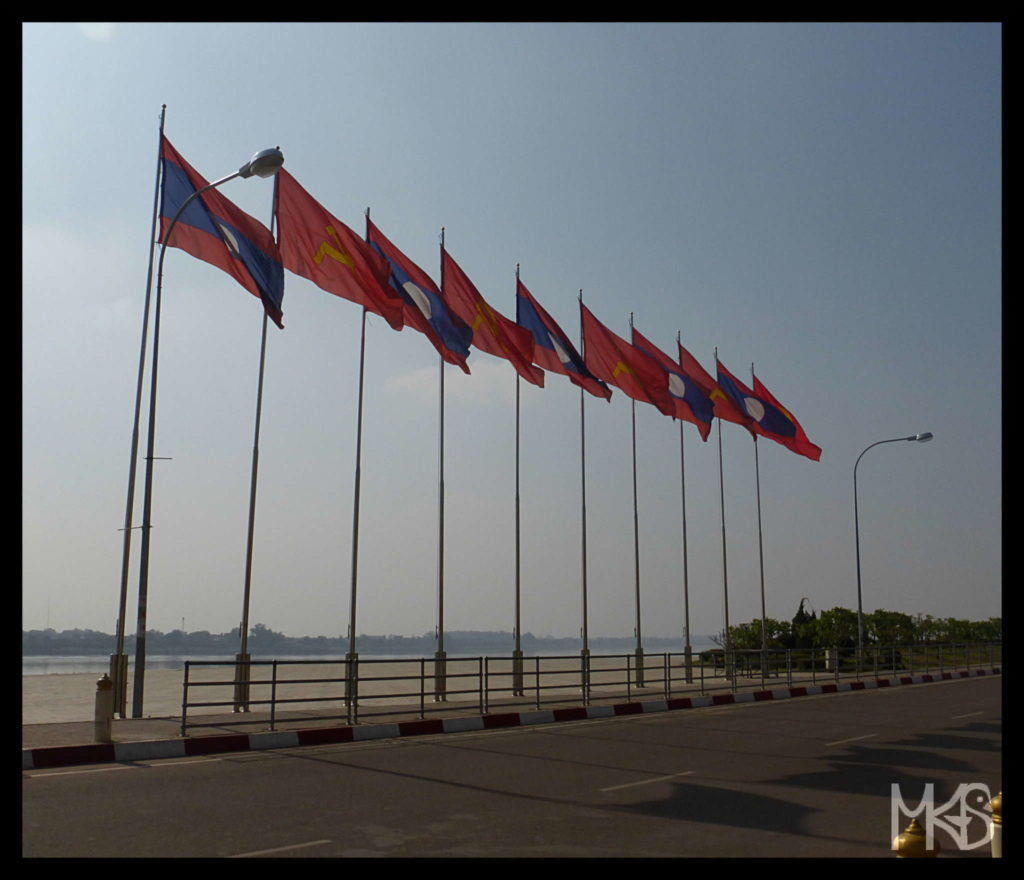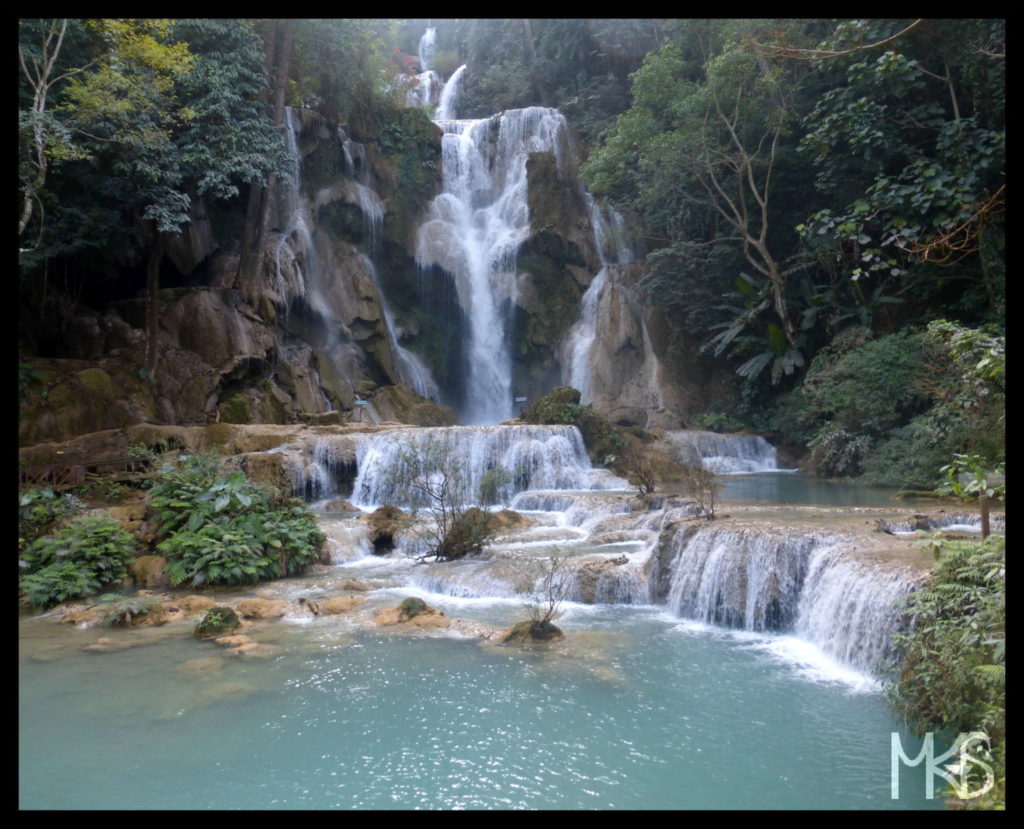
I’m showing you again a sad picture from Golden Triangle in Laos.
More alcohol bottles with snakes, scorpions etc. inside…
“You can try these alcohols and then decide which one you want to buy.”
People who are selling them, believe that this alcohols will improve your health or sex…
I was taking this photos not to show on my blog;
I didn’t have a travel blog that time;
but I was thinking to send them to e.g., WWF or Greenpeace;
making and selling alcohols with/from these animals should be forbidden.
I know that some people are excited about thinking it,
others are really against it;
you can decide on your own is it correct, ethical etc…
